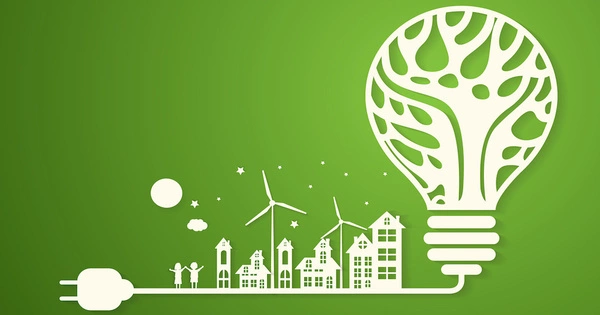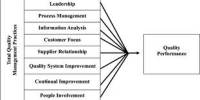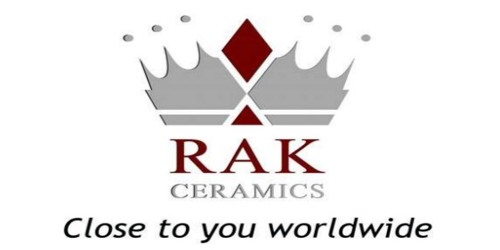Efficient energy use, often known as energy efficiency, refers to the practice of minimizing the quantity of energy necessary to deliver goods and services. Insulating a building, for example, allows it to consume less heating and cooling energy to attain and maintain thermal comfort. When compared to standard incandescent light bulbs, installing light-emitting diode bulbs, fluorescent lighting, or natural skylight windows minimizes the amount of energy necessary to achieve the same level of illumination.
Energy efficiency gains are typically achieved by implementing a more efficient technology or manufacturing process, or by employing well-established methods to reduce energy losses.
There are numerous reasons to enhance energy efficiency. Reduced energy use lowers energy expenses and may result in financial savings to consumers if the energy savings balance any additional costs associated with deploying an energy-efficient device. Reduced energy use is also viewed as a solution to the problem of reducing greenhouse gas emissions.
Here are some key aspects and strategies related to efficient energy use:
- Energy Audits: The first step in finding locations where energy is wasted is to conduct energy audits. This is analyzing the energy use of a building, facility, or process in order to identify inefficiencies.
- Energy-Efficient Technologies: Energy consumption can be considerably reduced by using energy-efficient appliances, equipment, and technology. LED lighting, energy-efficient HVAC systems, and ENERGY STAR-rated appliances are a few examples.
- Insulation and Weatherization: Proper building insulation and weatherization can minimize heat loss in the winter and gain in the summer, lowering the need for heating and cooling.
- Smart Thermostats: The installation of programmable or smart thermostats enables precise management of heating and cooling systems, optimizing their performance based on occupancy and desired temperatures.
- Energy-Efficient Building Design: Incorporating energy-efficient design principles in new construction or renovation projects can lead to long-term energy savings. This includes features like passive solar design, efficient windows, and well-insulated building envelopes.
- Energy Management Systems: Implementing energy management systems (EMS) in commercial and industrial settings allows for real-time monitoring and control of energy usage, enabling proactive adjustments to optimize efficiency.
- Energy-Efficient Transportation: Promoting public transportation, carpooling, biking, and the use of fuel-efficient vehicles can reduce energy consumption in the transportation sector.
Behavioral Changes
Individuals and employees can benefit greatly from encouraging energy-saving activities. This may entail shutting off lights and appliances when they are not in use, utilizing natural light, and putting computers into sleep mode. Renewable energy sources such as solar panels and wind turbines can offset traditional energy usage while also lowering greenhouse gas emissions. Choosing ENERGY STAR-rated energy-efficient appliances can result in significant energy savings throughout the life of the appliance.
Improved energy efficiency in buildings, industrial operations, and transportation might cut the world’s energy demands by one-third by 2050, helping to reduce global greenhouse gas emissions. Another key approach is to eliminate government-led energy subsidies, which encourage excessive energy use and inefficient energy use in more than half of the world’s countries.
Energy efficiency and renewable energy are referred to as the “twin pillars” of sustainable energy policy and are ranked high in the sustainable energy hierarchy. Energy efficiency is considered to have a national security value in many countries since it can be utilized to minimize the quantity of energy imports from foreign countries and may slow the rate at which indigenous energy supplies are depleted.
















